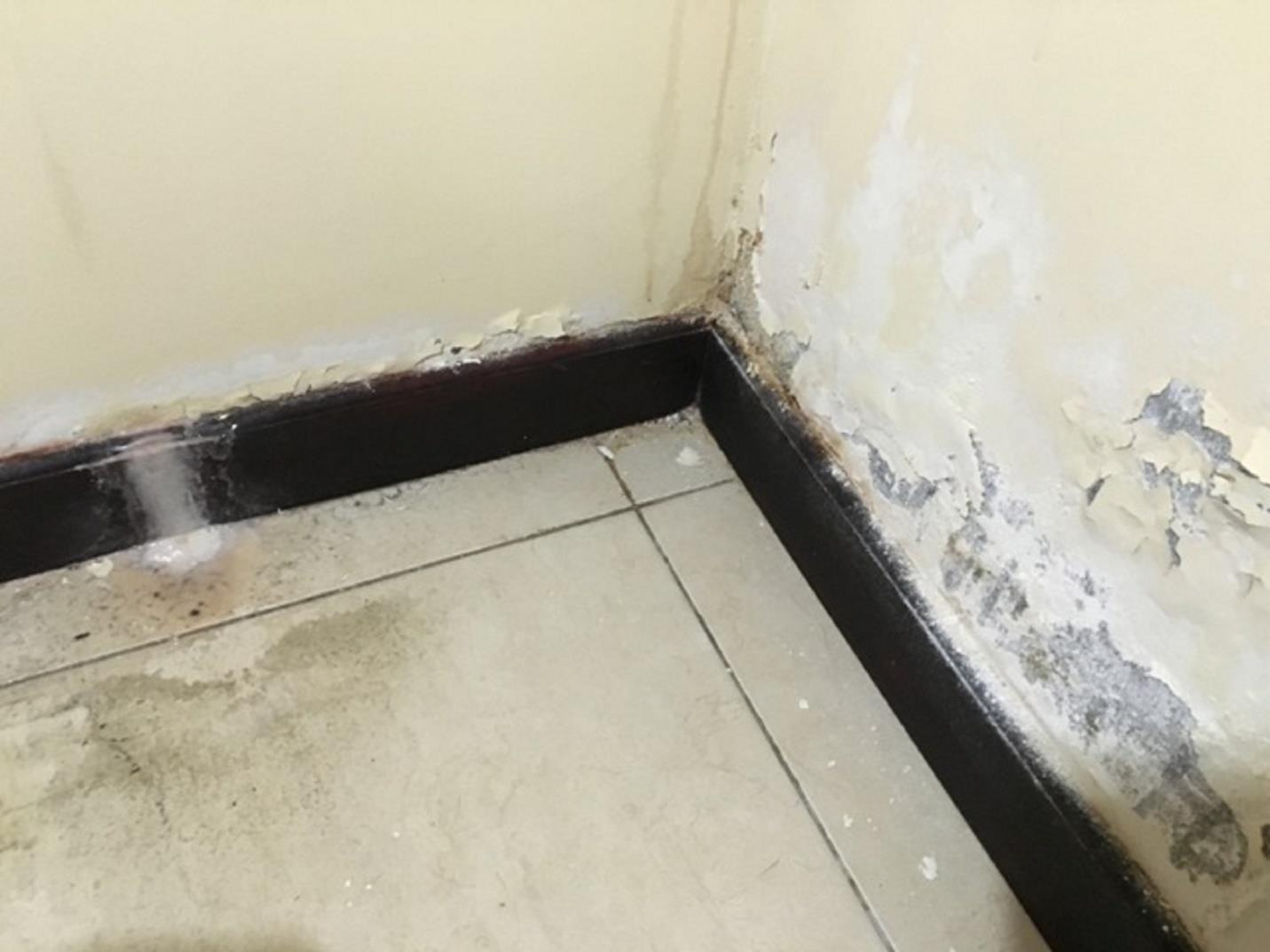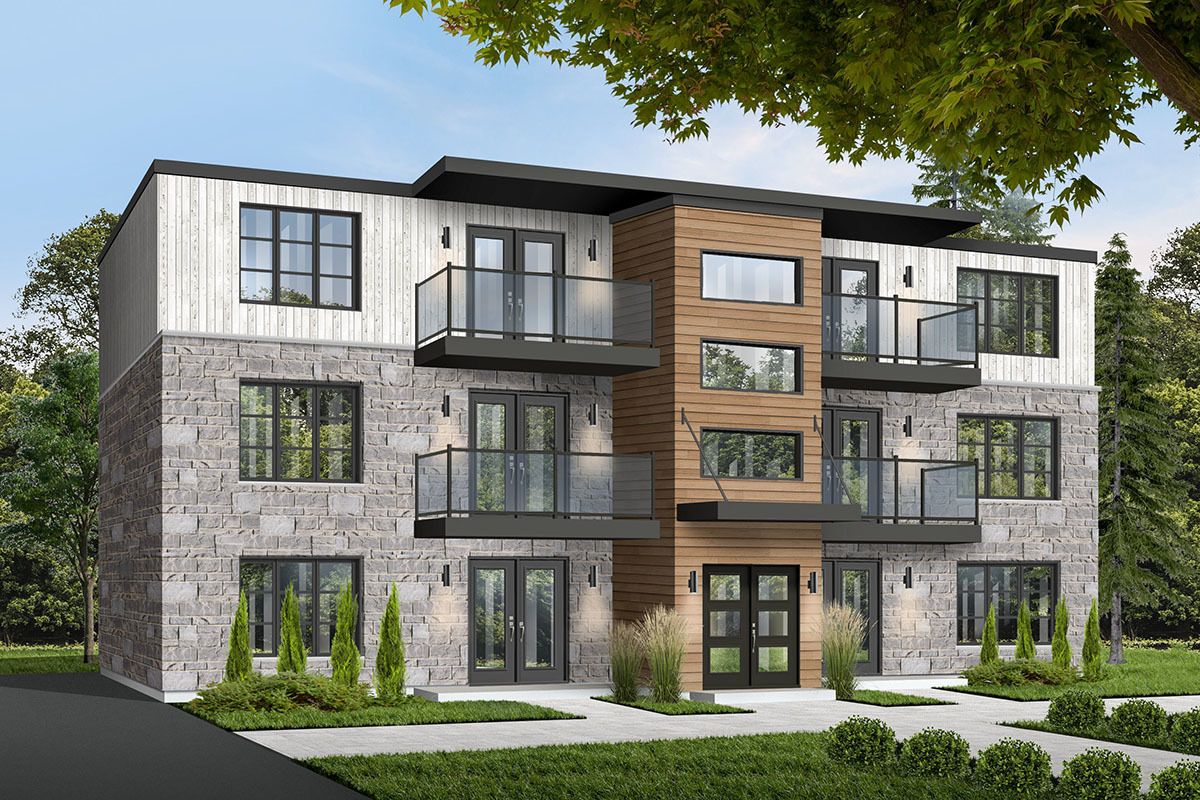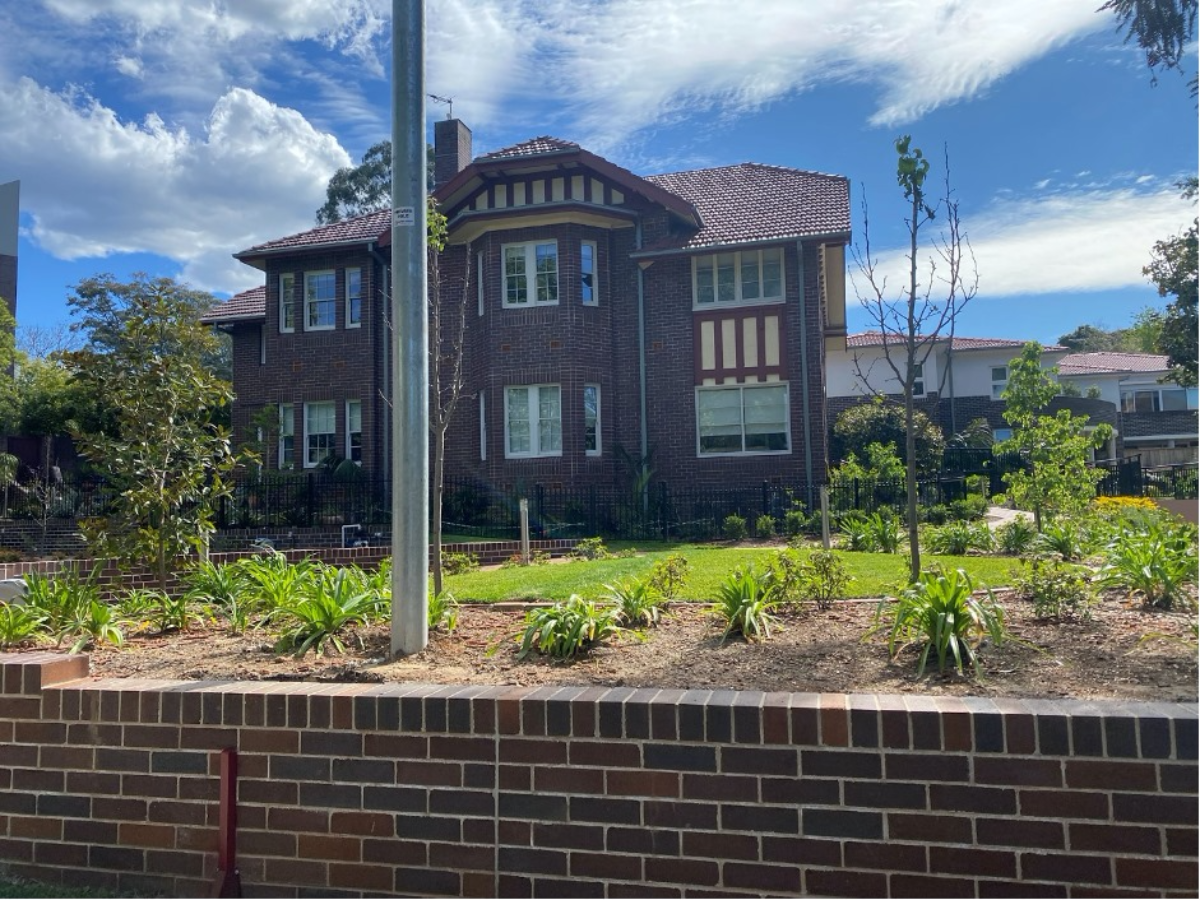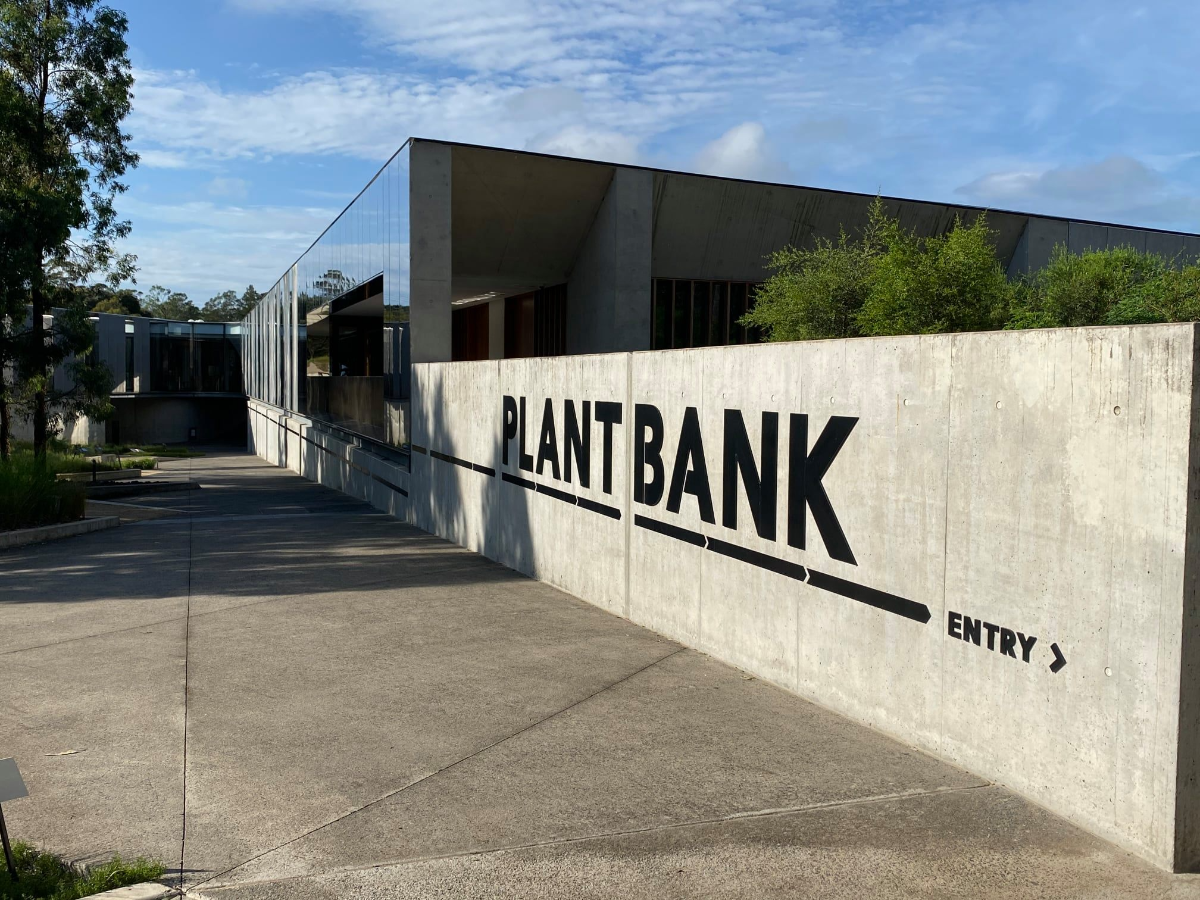
- November 9, 2021
- Effective Building
- 0
Although building materials have improved dramatically over time, they only work when properly built, and even then, they will eventually deteriorate. There are no exceptions when it comes to wet seals or waterproof membranes.
Because the entire construction process is meant to keep moisture out, it’s better to seek advice from a professional building inspector if you suspect moisture issues.
Leaks in damp areas are most commonly caused by improper waterproofing installation, poor craftsmanship, or deterioration over time due to poor maintenance.
Due to the increased availability of wet seal materials for the DIY market, homes have a greater risk of leakage due to a failure to waterproof the area.
If you’re looking to buy a new house or rent one, you’ll want to know how good the property is to make an informed decision. Although you could do this yourself, it’s easy to miss symptoms of moisture problems and structural issues if you don’t know what to look for.
Moisture problems aren’t always visible as stains on ceilings or nearby walls; in some cases, the damage is concealed.
Minor and Major Moisture Issues and Building Defects
Consider yourself fortunate if a moisture problem is discovered early on. While there may be minimal damage to your home or commercial property, it’s far preferable if it’s discovered early so that it can be fixed right away.
Moisture problems can arise from the failure of a plumbing system, including washing machines, showers, or toilets.
Sources of the leak may be from a hot water system, a natural disaster, blockage in the gutters – water flows back into the building and creates a defect – which could be minor or major, depending on the severity of the water intrusion.
Water leaks may also encourage the growth of mould and termites, resulting in more severe problems. To safeguard your safety in your home, a professional building inspector will examine the indoor air quality.
What Is a Failed Wet Seal?
Identifying Leaks in Wet Areas
Checking for low water pressure in your home or the home you wish to buy or rent is one way to find leaks in moist areas that you can do yourself.
Check to see if the taps drip even when they are shut off. Look for noticeable water stains or water in places where it shouldn’t be to identify this early.
A visual inspection of the surroundings should be carried out, looking for stains on wood, walls, and ceilings and any signs of damp spores.
A building inspector can use a moisture detecting device to find leaks if you want peace of mind. Physical tests, such as a pressure test, can also be used to determine the source of the leak. A camera may be utilized in various instances if it is necessary.
Professional building inspectors can help you find leaks and provide you with a report detailing the exact condition of the property.
Most leaks start near plumbing devices, including bathtubs, showers, sinks, and toilets.
Shower Leaks
Bathtub Leaks
Floor Leaks
It’s most likely due to hidden water leaks if your bathroom floor is bowing, cracking, or staining for no apparent cause. It’s possible that the shower tray is to blame.
The ceiling underneath may be damaged as a result of this. Depending on the size of the leak, it can potentially cause damage to the stairs.
This indicates that the membrane has failed or that the steel to the floor waist has been broken or undone in some way. The grout seals around the floor may have eroded.
Resealing the floors and restoring the damaged grout can sometimes be a simple fix. However, if extensive repairs are required, it is recommended to seek advice from a professional building
inspector.
Toilet Leaks
Tap Leaks
Broken seals, poor installation, obstruction, or age and deterioration can all cause tap leaks. It is critical to detect it early.
One of the most common causes of moisture problems is poor craftsmanship and faulty waterproofing installation. To guarantee that your wet area renovations are completely watertight, make sure you select skilled tradespeople.
While you may want to save money when hiring tradesmen, the end result must last that long. You don’t want to discover problems later on with an ineffective design, shoddy installation, or anything else that could lead to building faults.
How Can Effective Building & Consultancy with Inspection on Wet Areas?
Effective Building & Consultancy is an expert company that can inspect the wet areas of your home or commercial building, whether you own it or are looking to buy or rent it. Within 24 hours of the inspection, we will deliver an inspection report.
You’ll have peace of mind knowing the property’s true condition before purchasing or signing the lease. We can correctly diagnose the problems and offer repair advice.
Regardless of your home’s flooring or construction, identifying a water leak and conducting a thorough inspection are critical aspects of a building inspection.
Our background is in the construction industry. We’ve been helping Sydney families and companies repair and restore buildings that the environment has damaged, structural faults, poor workmanship, timber pests, and a variety of other factors for over 20 years.
Call us at 02 9613 3353 to discover more about how we can assist you.
Suppose you are planning to work on multi-story units. In that case, you may find yourself wondering if you should Read more
Heritage buildings represent the history and culture of a nation. They constitute together the architectural heritage of an area. Heritage Read more
The Australian PlantBank is a remarkable new plant conservation laboratory at The Australian Botanic Garden in Mount Annan. It is Read more





